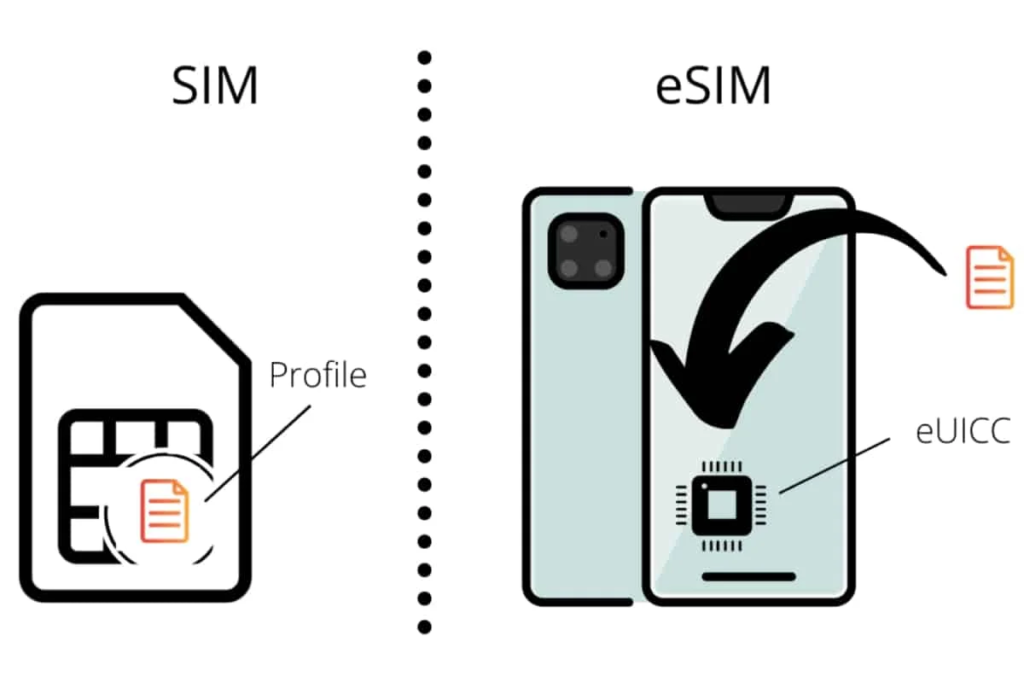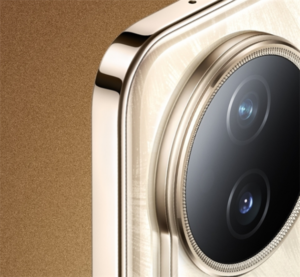eSIM USA: The Technology and The Future of Mobile Connectivity

The adoption of eSIM technology is rapidly transforming the way people in the USA connect to mobile networks. Short for embedded SIM, an eSIM is a digital SIM card embedded directly into a device, eliminating the need for a physical SIM card. This advancement allows users to activate a cellular plan without inserting or swapping SIM cards, providing greater flexibility and convenience for consumers and businesses alike.
In recent years, eSIM technology has gained significant traction in the U.S. market, driven by its integration into flagship smartphones, wearables, and IoT devices. Major carriers, such as AT&T, T-Mobile, and Verizon, now fully support eSIM, offering users a seamless, digital-first experience for mobile connectivity.
How eSIM Works
Unlike traditional SIM cards that need to be physically inserted into a device, eSIMs are built into the device’s hardware. Users can activate an eSIM by scanning a QR code or downloading carrier information over the air (OTA). This process allows the eSIM to function just like a physical SIM, enabling access to mobile networks for voice, text, and data services.
Key Benefits of eSIM in the USA
- Convenience and Flexibility:
- With eSIM, users can activate mobile plans without visiting a store or waiting for a physical SIM card to arrive. Simply scanning a QR code provided by the carrier gets the connection up and running within minutes.
- eSIM also supports dual-SIM functionality, allowing users to have two active mobile numbers on the same device—ideal for separating work and personal lines or for travelers using local carriers abroad.
- International Travel:
- For frequent travelers, eSIM offers a seamless way to switch between networks in different countries. Instead of purchasing physical SIM cards for each destination, travelers can simply activate an eSIM plan with local carriers. Popular travel eSIM providers like Airalo and GigSky make it easy to buy and activate plans for international use.
- Environmentally Friendly:
- eSIM technology reduces the production and disposal of plastic SIM cards, contributing to a more sustainable tech ecosystem.
- Enhanced Device Design:
- eSIM removes the need for a SIM card slot, allowing manufacturers to design sleeker, more waterproof devices. With more space available inside devices, it also opens up opportunities for integrating additional features, such as bigger batteries.
eSIM-Compatible Devices in the USA
The push towards eSIM adoption has been accelerated by major tech brands like Apple, Samsung, and Google, who now incorporate eSIM technology in many of their devices.
- Apple: Starting with the iPhone XS and continuing through the latest iPhone 15 series, Apple has integrated eSIM into its devices. In fact, for the iPhone 14 and beyond, Apple has completely removed the physical SIM card slot in U.S. models, making eSIM the default option for connectivity.
- Samsung: Flagship models, such as the Galaxy S23 and Galaxy Z Fold/Flip series, also support eSIM, offering dual-SIM functionality by combining physical SIM and eSIM technology.
- Google: The Pixel 7 and other Pixel models offer eSIM as an option, giving users access to this flexible connectivity feature.
In addition to smartphones, many smartwatches and tablets—such as the Apple Watch, Samsung Galaxy Watch, and iPads—are also eSIM-compatible, making it easier for users to stay connected on multiple devices without needing separate physical SIM cards for each.
eSIM and U.S. Carriers
In the U.S., all three major carriers—AT&T, T-Mobile, and Verizon—support eSIM for both prepaid and postpaid plans. Here’s a look at how each carrier handles eSIM:
- AT&T: Provides eSIM activation for a variety of devices and supports both individual and business customers. The company allows users to switch from physical SIMs to eSIM via its customer support portal.
- T-Mobile: Known for offering competitive eSIM plans, especially for international travelers. T-Mobile allows customers to activate eSIM through its app, making the process simple and quick.
- Verizon: As one of the largest carriers in the U.S., Verizon fully supports eSIM activation and has focused on ensuring that customers can easily switch between devices using the My Verizon app.
Additionally, MVNOs (Mobile Virtual Network Operators) such as Mint Mobile and Google Fi have embraced eSIM, providing budget-friendly plans with eSIM support for U.S. customers.
Challenges and the Road Ahead
While eSIM adoption in the USA has been growing steadily, there are still challenges. Consumer awareness remains low, with many users unfamiliar with how eSIM works or its benefits. Additionally, some older devices do not support eSIM, and smaller carriers are still in the process of integrating full eSIM functionality.
However, as more devices become eSIM-compatible and U.S. carriers continue to promote the benefits of this technology, it’s expected that eSIM will become the standard for mobile connectivity in the coming years. The ongoing shift towards a digital-first experience aligns with the broader trends in technology—streamlining processes and offering more flexibility to users.
Final Thoughts
eSIM technology is revolutionizing the way Americans connect to mobile networks, offering flexibility, convenience, and an eco-friendly alternative to traditional SIM cards. As the U.S. market continues to adopt eSIM across smartphones, wearables, and IoT devices, the technology is set to become a game-changer for mobile users.
Whether you’re a frequent traveler, someone who juggles multiple lines, or simply looking for a hassle-free way to manage your mobile service, eSIM offers a more flexible and future-proof solution to stay connected.

Kazam is Focused on creating and reporting timely content in technology with a special focus on mobile phone technology. Kazam reports, analyzes, and reviews recent trends, news and rumors in mobile phone technology and provides the best possible insights to enhance your experience and knowledge.








